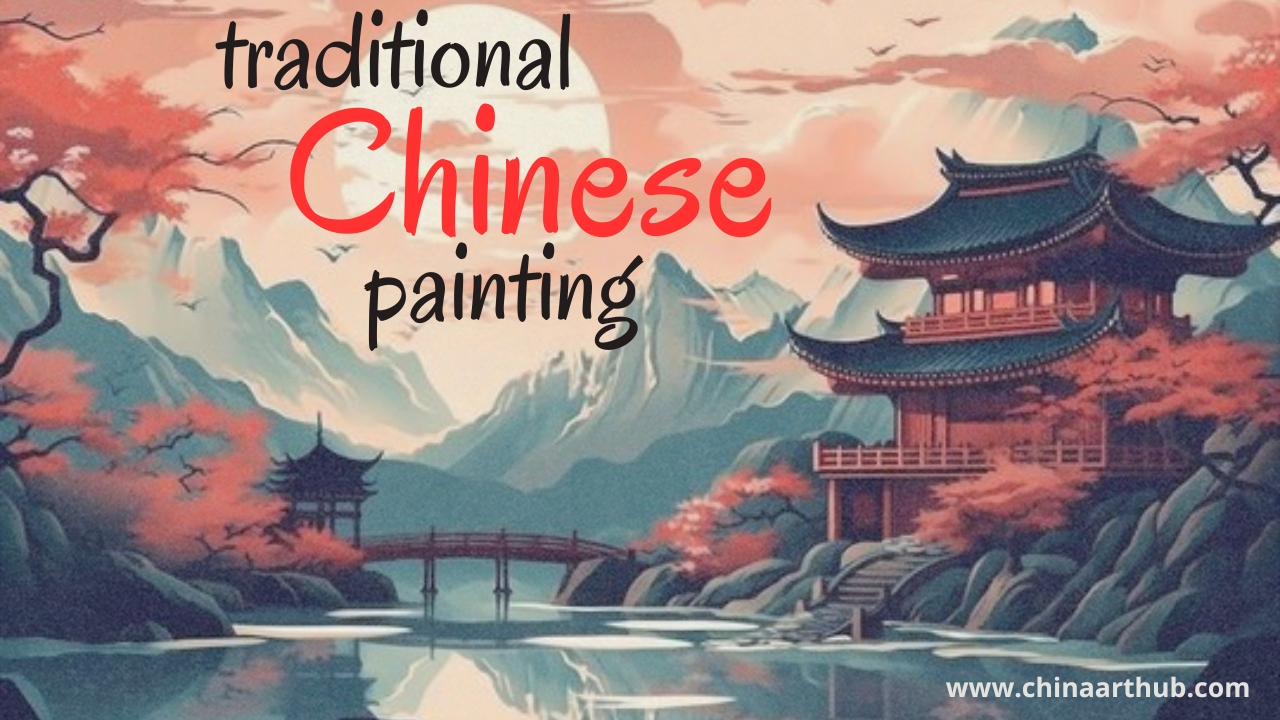
Traditional Chinese painting, with its emphasis on nature, symbolism, and calligraphic brushwork, often transcends mere representation to explore profound philosophical ideas. The image of a lone figure traversing a misty mountain path, a common motif in this art form, offers a rich tapestry of interpretations woven from Taoist, Confucian, and Buddhist threads. It’s not simply a depiction of a journey, but a visual meditation on humanity’s place within the vastness of the universe.
The lone figure, often small in comparison to the towering mountains and expansive landscape, immediately suggests a sense of human humility before the grandeur of nature. This echoes the Taoist principle of living in harmony with the natural world, recognizing its power and respecting its rhythms. The figure’s solitary state reinforces this idea, emphasizing the individual’s journey of self-discovery and connection with the Tao, the underlying principle of the universe. The path itself, winding and often obscured by mist, symbolizes the unpredictable and challenging nature of life’s journey. It’s not a straight, clearly defined route, but one that requires patience, perseverance, and an acceptance of uncertainty.
The mist, a ubiquitous element in traditional Chinese painting, plays a crucial role in conveying these philosophical concepts. It serves not just as a visual element, but as a metaphor for the ephemeral nature of reality. Just as the mist obscures the distant landscape, so too does the illusion of permanence and certainty cloud our understanding of the true nature of existence. It reminds us that what we perceive as solid and real is ultimately transient, constantly changing and evolving. The mist also adds a sense of mystery and ambiguity, inviting the viewer to contemplate the unseen and the unknown. What lies beyond the mist? What challenges and revelations await the traveler on the path? The painting doesn’t provide easy answers, but instead encourages introspection and contemplation.
The execution of the painting, the brushstrokes, the use of ink and color, all contribute to the overall effect. The calligraphic brushwork, often described as “bones” and “flesh,” not only creates the visual forms but also conveys the artist’s inner energy and emotions. A strong, confident stroke might depict the ruggedness of the mountains, while a delicate, flowing line might capture the softness of the mist. The use of negative space, or liu bai, is equally important. The empty areas of the canvas are not simply blank spaces, but integral parts of the composition. They represent the void, the space within which everything exists, echoing the Taoist concept of wu wei, or non-action, which emphasizes effortless action and allowing things to unfold naturally.
The choice of colors, or the lack thereof, also plays a significant role. Often, traditional Chinese paintings employ a limited palette, focusing on the subtle nuances of ink washes to create a sense of depth and atmosphere. Monochromatic ink paintings, in particular, emphasize the expressive power of brushstrokes and the interplay of light and shadow. The absence of vibrant colors further reinforces the idea of simplicity and tranquility, aligning with the Taoist emphasis on living a simple life in harmony with nature.
The inclusion of a poem or calligraphy on the painting further enriches its meaning. The poem might offer insights into the artist’s intentions, providing a verbal counterpoint to the visual imagery. It could express feelings of longing, contemplation, or a deep appreciation for the beauty of nature. The calligraphy, often executed in a style that complements the painting, adds another layer of artistic expression and reinforces the connection between painting and poetry, two inseparable art forms in Chinese culture.
In essence, a traditional Chinese painting depicting a lone figure on a misty mountain path is not just a landscape painting, but a philosophical statement. It’s a visual representation of humanity’s journey through life, a journey marked by both challenges and moments of profound connection with the natural world. The painting invites us to contemplate our own place within the vastness of the universe, to appreciate the ephemeral nature of reality, and to find harmony and balance within ourselves and with the world around us. It’s a reminder that the path to wisdom and enlightenment is often a solitary one, but one that is ultimately rewarding. The mist, the mountains, the lone figure – all these elements work together to create a powerful and evocative image that resonates with timeless philosophical truths. The traditional Chinese painting, in its simplicity and elegance, offers a profound meditation on the human condition.





Leave a Reply